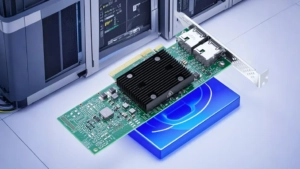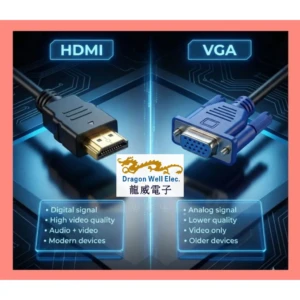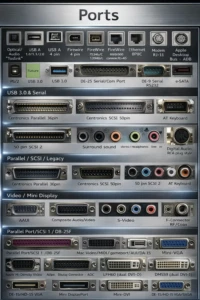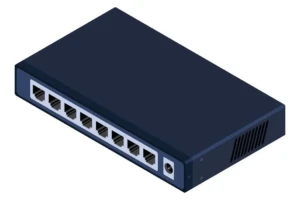Section 1: The Basics of Reliable Switch Integration
Haptic switches bridge the physical and digital worlds, making it a PCB integration that is crucial to the advanced user experience. For high-performance devices (whether it is a luxury wearable or aerospace interface), the implementation of poor switches manifests as unstable responsiveness, mechanical instability, or premature failure. Modern pass-through designs require precision beyond basic data table specifications to meet keen end users.
Based on precision: Beyond the data table
Although manufacturers provide standard footprints, actual variables require adaptive design:
- Hot buffer – For wave welding applications, the pad size is expanded by 15% to offset the risk of pad lift in mass production.
- Sell endurance compensation – Explain the ±0.2mm difference in the diameter of the switch leg by implementing a rectangular pad (1.2:1 length) to accommodate inconsistent insertion depth.
- Mixed Footprint Strategy – Create overlapping land patterns to support switching from multiple suppliers (e.g., Alps vs. C&K variants), enabling supply chain flexibility without redesign.
example: Dragon Well’s automotive-grade switch implementation implements a reinforced 3.0mm anchor pad with a 70μm copper weight for vibration-intensive environments.
Section 2: Precautions for Mechanical Engineering
Haptic switching continues to perform millions of executions in mission-critical systems – mechanical design directly affects life cycle performance.
Anti-launched buildings
- Triangle support – Position non-functional mounting pin at diagonal (diameter ≥2.5mm) with width ratio of late hole (diameter ≥2.5mm)
- Foldable rib design – Integrate 0.8mm pet ribs around the compressed switch object during insertion and then expand to eliminate horizontal playback
- PCB thickness calibration – Switching with 1.6mm FR4 with 2 oz copper, requiring > 3n drive force to prevent plate elasticity
Ergonomic consistency
- 3D actuation mapping – Model button travel path for FEA tool with ±0.15mm tolerance
- Overlay integration – Design wire mesh alignment marks to match silicone/rubber covering aperture
Section 3: Signal integrity preservation
Electrical noise impairs tactile response. Multi-layered approaches to mitigation are required:
Three-phase debate
- hardware: 100pf ceramic capacitor in the switch loop (maximum trace length is 5mm)
- layout: Protective track around the signal path at a distance of 0.5mm
- firmware: Adaptive threshold algorithm dynamically adjusts contact bounce profile
ESD countermeasures
- Cross-layer shielding – Route switch traces between ground planes, separation ≤0.2mm dielectric
- Gas discharge pipe – Achieving 0805 size GDT (90V trigger) within 4 cm of external exposed switch
Section 4: Manufacturing Excellence Agreement
Mold design innovation
- Stepping technology: The thickness of 120μm under the switch object is in the surrounding area with 100μm to prevent welding
- Aperture geometry: Cellular pattern for paste release optimization (efficiency of 82%)
Automated optical inspection (AOI) standard
- Acceptance criteria:
- Welding sheet height: 35-75% of the diameter of the pin
- Wetting angle: ≥40° concave contour
- Pin projection: ≤1.2mm shear
Section 5: Customized Application for Luxury Goods Market
High-point industries need special implementation:
- Advanced Horlogerie interface – Gold-plated switch contact with a nitrogen-filled housing prevents oxidation of rare environmental timepieces
- Car cockpit – Hydrophobic nanocoatings on PCB components can withstand the humidity of condensation
- Medical aesthetic equipment – Electric polished switch housing conference ISO 13485 Clean Room Agreement
Case study: Dragon Well’s titanium-based switches survive 500,000 extreme operations from -55°C to +175°C in the zero-G spacecraft interface.
Conclusion: Precise Paradigm
Mastering the integration of whole hole switches turns ordinary interactions into experiences with measurable emotional resonance. When designing motion models, materials science and electrophysics with scientific rigorous abilities, lethal interfaces will become a lasting competitive advantage.
Dragon Well Electronics’ PDN Analyzer Suite provides real-time impedance simulation for switching integrated circuits. Our component engineering team provides 24/7 signal integrity consultation, as the response latency is appropriate for milliseconds.








